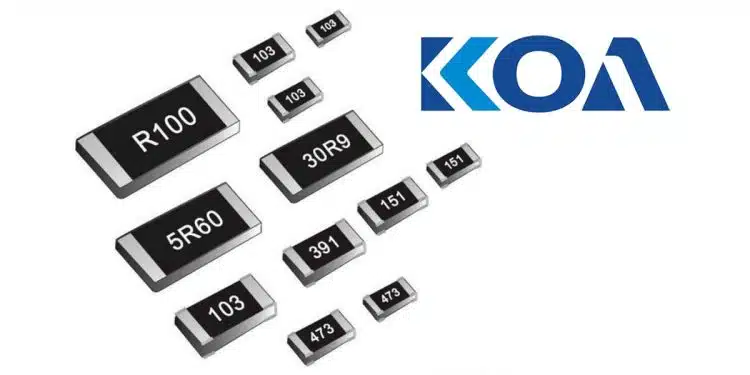KOA announced that it will build a new factory in Malaysia to increase production of thick film chip resistors.
KOA now has a factory in Malacca, Malaysia. The new factory will start construction in October 2023 and is scheduled to be completed in March 2025, with a total investment of about 23.5 billion yen, including the cost of production equipment after completion.
The increase in production of chip resistors is mainly due to the increase in demand for new energy vehicles such as electric vehicles and gasoline-electric hybrid vehicles, which drives up the demand for electronic components.
In addition, KOA plans to increase investment in equipment this year by 45% to 17.3 billion yen.
































